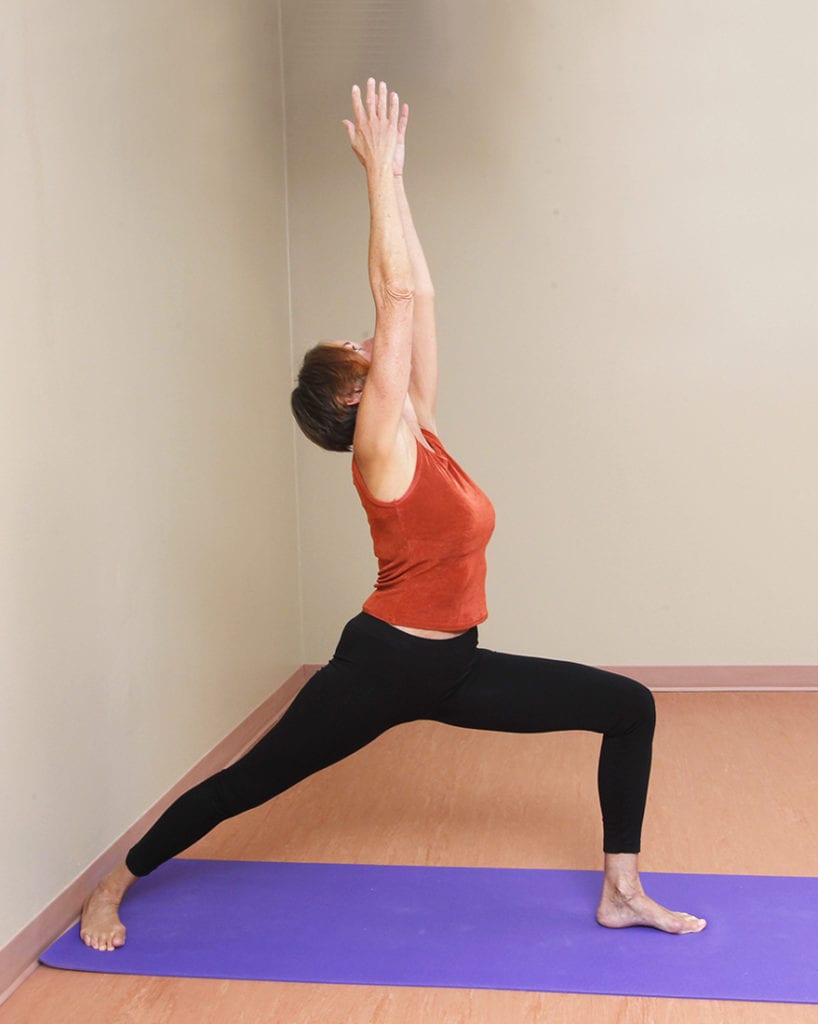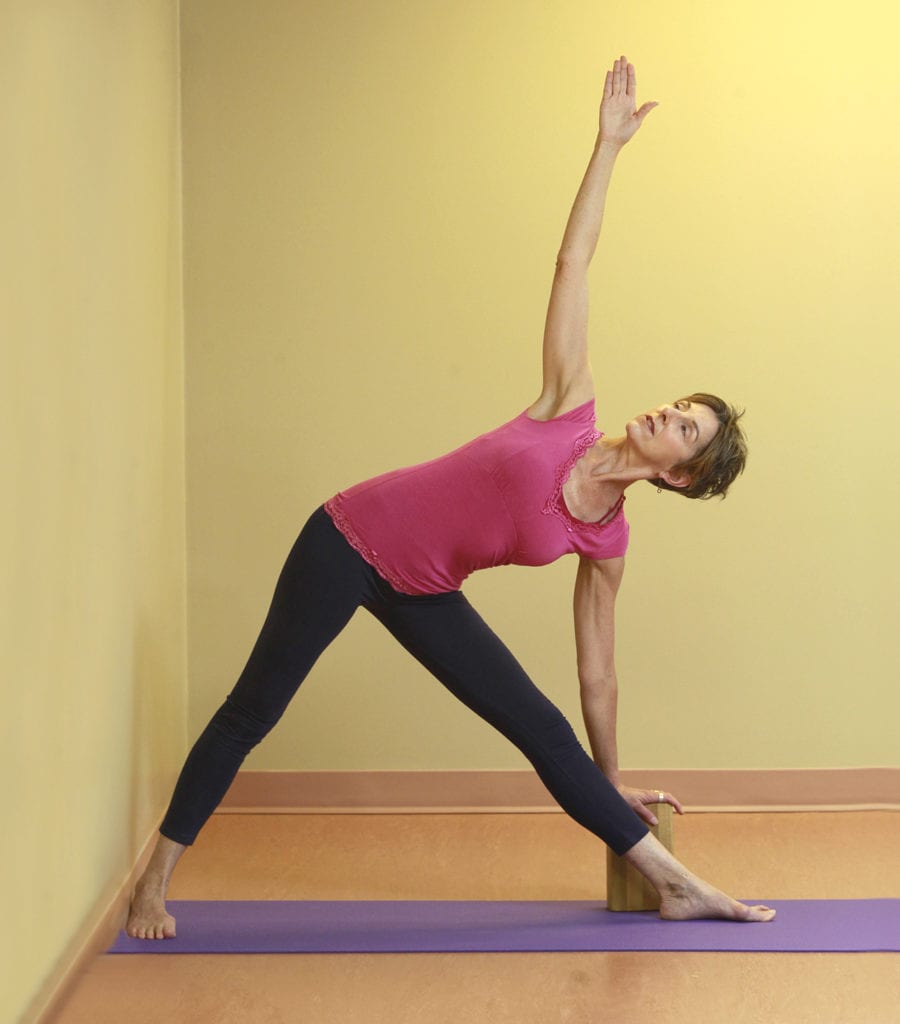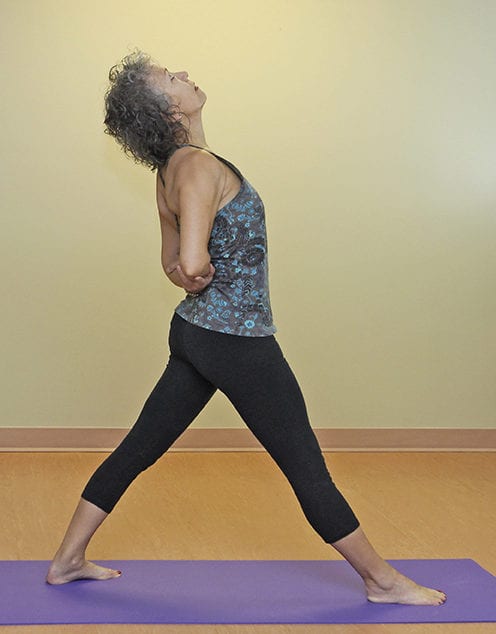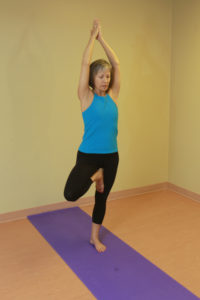Because the shoulder joint, with its wide range of movement, can be one of the loosest joints in the body, it is vulnerable to injury.
Furthermore, as a “ball-and-socket joint,” it is really only a ball (the head of the humerus/upper arm bone). There is no socket. The humerus hangs under a shelf formed by the ends of the collarbones (clavicle) and the shoulder blades (scapula). The head of the arm bone glides on a small curve at the exterior of the shoulder blade. Layers of muscle attach to and stabilize this complex joint structure.
If injury occurs, it is often one of these muscles (an overly strong deltoid) that causes pinches or tears in the rotator cuff — the four muscles that stabilize the shoulder joint.
Injury to the shoulder joint can also result from poor postural habits and imbalance. When deltoid muscles (the muscular cap on top of the shoulder) or rhomboids (muscles closest to the neck) are used to hold the weight of a person’s arms, they tend to draw the shoulder blades up toward the ears rather than down toward the waist.
This upward lift of the shoulder blades hunches the shoulders and rounds the upper back. The chronic muscle tension needed to maintain this unnatural posture often becomes a lifelong holding pattern, which eventually gives way to injury.
Improper alignment and improper repetitive movement of the humerus in the shoulder socket are the major culprits of stiffened and/or frozen shoulders, tendinitis (inflammation of the tendon) and osteoarthritis.
In most wellness programs, including yoga, emphasis is placed on keeping the knees and hip joints healthy, with less attention paid to the shoulder joints.
Herein lies the paradox, as the shoulders are used for almost every physical activity and certainly for most yoga poses. To keep the shoulder joint healthy, it’s important to keep the heads of the humerus fixed into the centres of the shoulder sockets as the arms move forward, backward and out to the sides.
Be mindful of this proper alignment in daily movements and be diligent about it in yoga asana practice. As you go about your daily activities, become aware of whether you are using the shoulder blades and spine to do the work of the shoulder joint.
As you initially practice the yoga action listed below, you may notice your movement is limited. Accept it. Don’t force your joint to do more than it is able. Instead, keep softening the muscles around the front and back of the joint, and maintain the natural curves of the spine.
Action: Imagine you have a horizontal pin holding the head of your humerus bone into the centre of your shoulder socket. With the body stable and static, swivel your arm in the socket around the pin. When your arm is stable, swivel your socket around the pin (head of the humerus bone). For more advanced practitioners, feel the shoulder blades move with the arms rather than for the arms.

VIRABHDRASANA I (Warrior Pose I)
Take a wide stance between your feet. Turn your front leg out to face the front of your mat and turn your back foot in. Exhale, bend your front knee, keeping it in line with your foot. Inhale, find the “pin” and swivel your arms forward and up toward the ceiling. Hold for 5 to 10 breaths.

UTTHITA TRIKONASANA (Extended Triangle pose)
Step your feet about one metre apart. Turn your front leg out to face the front of your mat and turn your back foot in slightly. Inhale, find the action for the arms as you move them into a T formation. Exhale, fold at your front hip crease and place your lower hand onto support. Hold for 5 to 10 breaths.

PARSVOTTANASANA — backbend position (Intense Side Extension pose)
Stand facing the front of your mat. Step your left leg back, keeping your hips squared and your back foot turned out slightly. Inhale, keep the action in the shoulder joint as you swivel your arms back and either hold onto your forearms/elbows or bring your palms together in prayer position. Lift your chest toward the ceiling. Hold for 3 to 5 breaths.
To discover more actions for healthy joints, see our books — Creating Space: Yoga Actions for Feet & Ankles; Legs & Knees; Pelvis & Psoas; Torso & Spine; (and coming soon) Shoulders & Arms. Available in print or e-book.
For our yoga teacher training program with Stacy Schroder go to www.sereneyogastudio.com.




